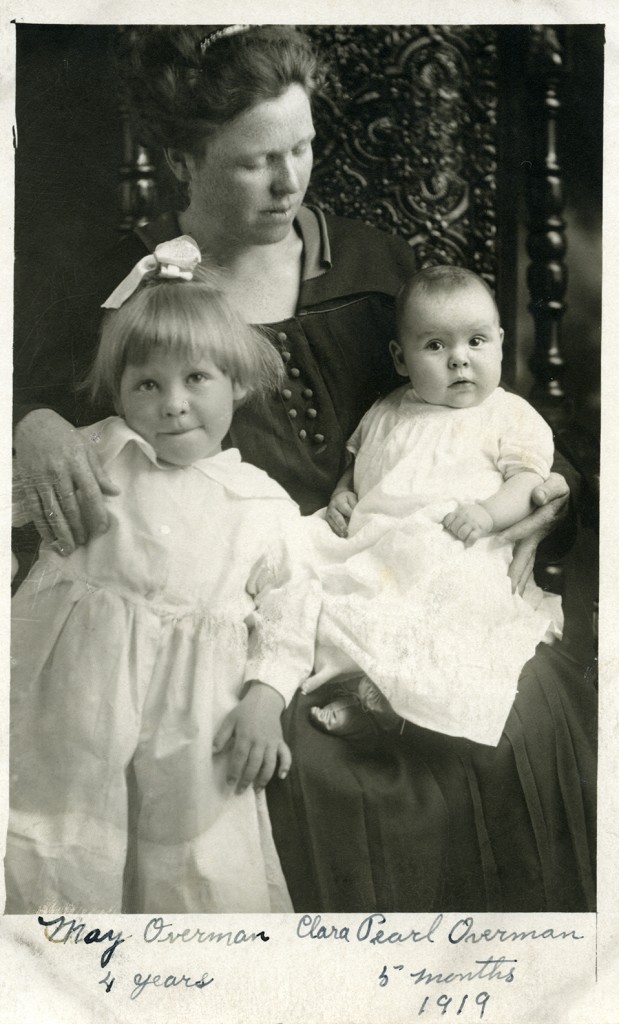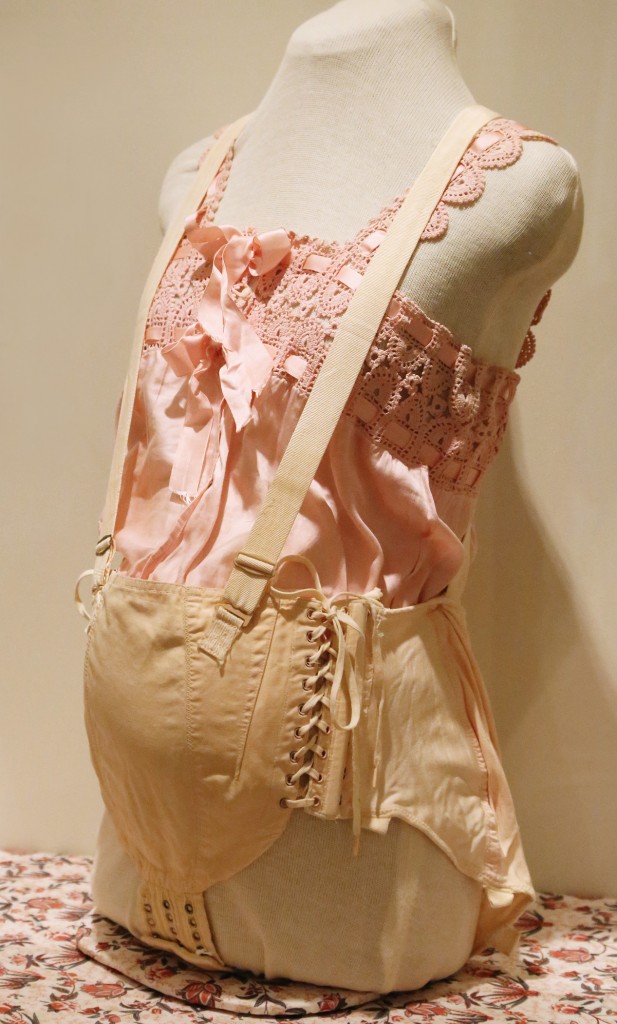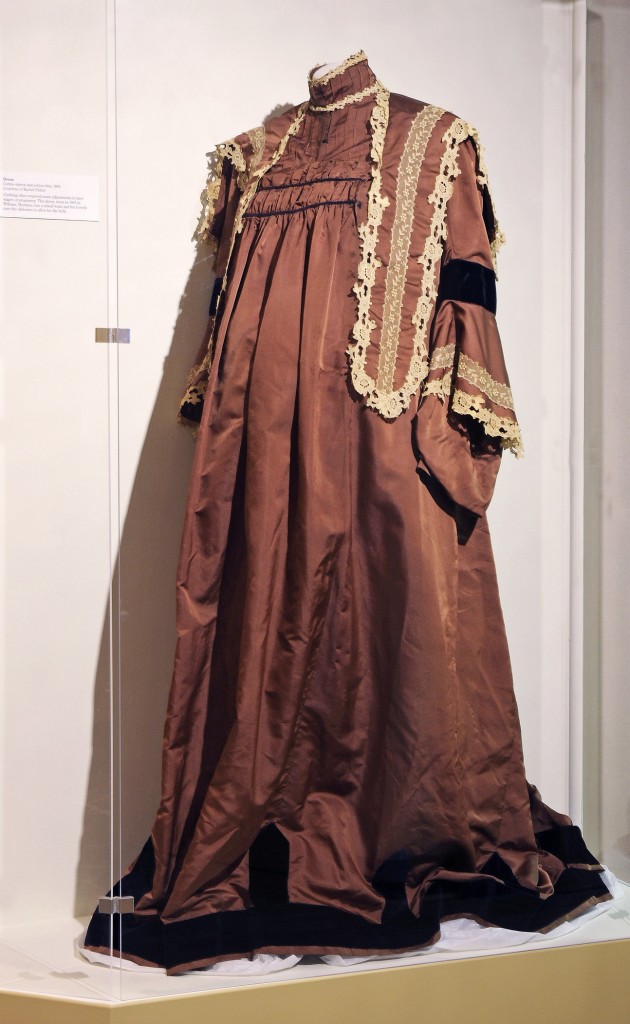
For women in the early twentieth century, pregnancy and childbirth were natural facts of life. But because of economic, cultural, and demographic circumstances, pregnancy and childbirth could also present great risks. Women, especially rural homesteaders in eastern and central Montana, often lacked access to reliable care and information. Remoteness, harsh weather, poverty, and cultural taboos against openly discussing pregnancy made childbirth unusually hazardous in Montana.
Maternal and infant mortality in the state were serious problems in the first decades of the twentieth century, especially among rural women. Vanessa Paradise, the author of a 1917 survey of an eastern county, found that, compared with other rural states, Montana had a “very bad record of maternal losses.” Two years later, according to historian Dawn Nickel, the state was in the “ ‘unenviable position’ of having the highest reported infant mortality rate” in the Northwest. For Native Americans, the statistics were even more grim. A 1927 report found that “in Montana the infant mortality rate among Native Americans was 185.4 [per one thousand births], compared to only 69.1 for whites.”

Several factors contributed to the high risk of pregnancy. The economic realities meant that rural women had limited access to prenatal care and education and had to continue to work no matter their condition. Hazel Dorr of Eaton, Montana, recalled being kicked in the stomach by a cow during her pregnancy. Fortunately, she “recovered after a visit to the doctor.”
Women in remote areas also had trouble finding qualified physicians or midwives. Paradise, who conducted her survey for the Children’s Bureau of the U.S. Department of Labor, described the “inaccessibility of medical care in confinement” as her “most striking finding.” Working in an area roughly the size of the state of Connecticut, Paradise noted that there was no hospital and only three registered physicians, although “two or three others, not registered,” had been “drawn into practice . . . because in emergencies their neighbors called upon them and they could not refuse to go.”
The vast majority of rural Montana women had no prenatal care, and while many tried to arrange for professional care at the time of delivery, plans could, and did, fall through. One woman recalled that she and her husband “had planned to have a physician, but the snow was so bad it was impossible to send for him.” One nineteen-year-old mother gave birth alone while her husband was away seeking help. She delivered the baby, cut and tied the cord, cared for her infant, and “did all of her own cooking and housework until her husband arrived with help two days later.” She and the baby survived but she was too weak to work for the next six months. Other women were less lucky. Historian Mary Melcher recounts the story of one woman who hemorrhaged throughout her pregnancy due to an unrepaired laceration from “a previous confinement”; both mother and infant died.
Lacking reliable medical care, women frequently called on neighbors for help. Almost 40 percent of the women Paradise surveyed had a neighbor or a family member help them deliver. Those who helped often did so “with fear and misgivings,” and only because a woman “can’t be left alone in such a time.”
Some communities had women who, though they lacked formal training, had extensive practical experience. Catherine Hayes Murphy was a midwife “whose only training was having ten children herself.” She acquired most of her skills as she went. “You learn as you go along,” Murphy said. “You feel the pulse in the cord and when it quits pulsating you tie it. . . . You tried to make it so there wouldn’t be infection.”

Hayes did not receive pay for her work but many larger Montana communities had midwives who charged for their services. Aino Hamalainen Puutio was a trained Finnish midwife who practiced around Butte and then Red Lodge. She worked with her patients during pregnancy, instructing them on proper diet, rest, and physical activity and gave advice as the women prepared for delivery. The day of the delivery she worked alone with the mother, keeping other family members out of the room. She stayed until the next day, bathing the baby and providing bed care, then visited the mother and newborn in the days that followed.
Starting in the 1920s, women more often began to opt for hospital births. Hospitals were seen to offer the “newest technological and scientific methods to aid women giving birth while affording patients comfort and freedom from domestic duties.” As obstetric practices became regulated in the 1930s, and antibiotics and transfusions were used to treat the problems of infection and hemorrhaging, maternal death rates dropped.
However, as the process of birth was professionalized and doctors replaced midwives, women lost a degree of control over the birthing process. According to historian Rima Apple, an increasing emphasis on “scientific motherhood” took away women’s agency as mothers: “Mothers were pictured as passive learners, taking their direction from experts …usually a male physician . . . who insists that female patients must heed his every instruction.”
Some Montana women resented this loss of control, and in the second half of the century, they reasserted their right to evaluate scientific evidence and decide their own course for motherhood. The “natural childbirth” movement and the La Leche League reflect this reassertion. So too did the successful fight in the 1980s to legalize midwifery in Montana, which you can read about in an earlier entry in this series, “Legalized Midwifery: Montana Leads the Way.” AH
Interested in learning more? Read Mary Melcher’s article, “ ‘Women’s Matters’: Birth Control, Prenatal Care, and Childbirth in Rural Montana, 1910-1940” in Montana The Magazine of Western History 41, no. 2 (Spring 1991), 47-56. You can find links to the full text of all Montana The Magazine of Western History articles relating to women’s history here.
Sources
Apple, Rima D. Perfecting Motherhood: Science and Childrearing in America. New Brunswick: Rutgers University Press, 2006.
Baumler, Ellen. “‘The Making of a Good Woman’: Montana and the National Florence Crittenton Mission.” Montana The Magazine of Western History 53, no. 4 (Winter 2003), 50-63.
Hill, Jennifer J. “Midwives in Montana: Historically Informed Political Activism.” Ph.D. dissertation, Montana State University, 2013.
Ladd-Taylor, Molly. Mother-Work: Women, Child Welfare, and the State, 1890-1930. Champaign: University of Illinois Press, 1995.
Melcher, Mary. “‘Women’s Matters’: Birth Control, Prenatal Care, and Childbirth in Rural Montana, 1910-1940.” Montana The Magazine of Western History 41, no. 2 (Spring 1991), 47-56.
Nickel, Dawn. “Dying in the West, Part I: Hospitals, Health Care in Montana and Alberta, 1880-1950.” Montana The Magazine of Western History, 59 no. 3 (Autumn 2009), 25-45.
Paradise, Viola. Maternity Care and the Welfare of Young Children in a Homesteading County in Montana. U.S. Children’s Bureau Publication no. 34. Washington, D.C.: U.S. Government Printing Press, 1919. Available online at https://ia600208.us.archive.org/0/items/maternitycarewel1919unit/maternitycarewel1919unit.pdf. Accessed April 16, 2014.
Radosh, Polly. “Midwives in the United States: Past and Present.” Population Research and Policy Review 5, no. 2 (1986), 129-46.